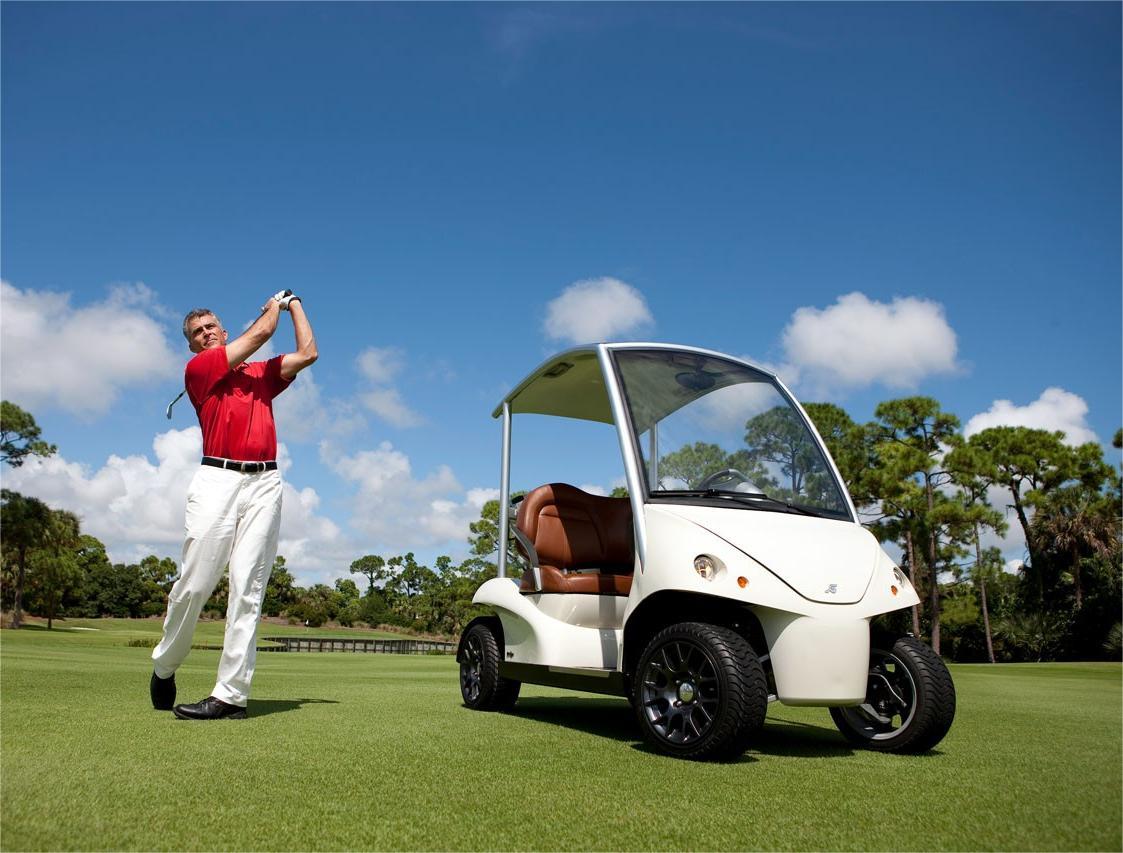Lithium Iron Phosphate batteries (LiFePO4 Batteries) , commonly referred to as LiFePO4 batteries, are a type of lithium-ion battery known for their high energy density, long cycle life, and safety features. Using the LiFePO4 battery of an electric golf cart properly can help you maximize its performance and lifespan. Here are some specific guidelines for using a LiFePO4 battery in an electric golf cart:

Charging:
Use a charger specifically designed for LiFePO4 batteries. Avoid using chargers meant for other types of batteries, as they may not be compatible and could damage the battery.
Charge the battery after each use, or whenever the state of charge (SOC) drops to around 20-30%. LiFePO4 batteries do not suffer from memory effects, so there’s no need to fully discharge them before recharging.
Follow the manufacturer’s recommended charging voltage and current settings to prevent overcharging. Most LiFePO4 batteries have a built-in Battery Management System (BMS) that helps regulate charging.
Avoid Overdischarging:
While LiFePO4 batteries are more resilient to deep discharges compared to some other lithium-ion chemistries, it’s still a good practice to avoid fully discharging the battery whenever possible. Operating the battery within a 20-80% SOC range is optimal for longevity.
Temperature Management:
LiFePO4 batteries perform best within a certain temperature range. Avoid exposing the battery to extreme temperatures, both during charging and operation.
If you’re using the golf cart in very cold conditions, consider storing the battery at a moderate temperature before use to improve its performance.
Balancing:
LiFePO4 batteries may require periodic balancing to ensure all cells maintain a consistent state of charge. Some LiFePO4 batteries have built-in balancing functions, while others may require external balancing equipment. Consult the battery’s manual for specific instructions.
Maintenance:
Regularly inspect the battery for signs of damage, leakage, or unusual behavior. If you notice any issues, address them promptly.
Keep the battery and its terminals clean and free from debris, as this can help maintain good electrical connections.
Storage:
If you plan to store the electric golf cart and golf cart lithium battery for an extended period, it’s best to store the battery at around 50-70% SOC in a cool, dry place. Avoid storing it fully charged or fully discharged.
Replacement:
LiFePO4 batteries typically have a longer cycle life compared to other lithium-ion chemistries, but they will eventually degrade over time. Monitor the battery’s capacity and performance over its lifespan, and be prepared to replace it when its capacity significantly decreases.
Remember to always refer to the manufacturer’s guidelines and the battery’s user manual for specific instructions on charging, operation, and maintenance. Proper care and adherence to recommended practices will help you get the most out of your LiFePO4 battery in your electric golf cart.
